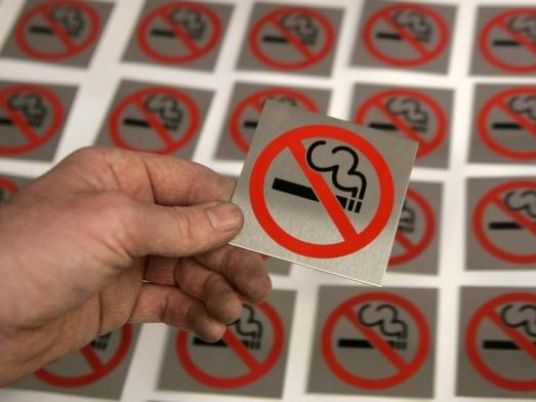
A new study suggests that smoking may be responsible for 60,000 to 120,000 more deaths in the U.S. each year than previously thought.
The examination of 181,377 fatalities logged in five large databases found that many of the excess deaths among smokers were due to causes not previously linked to smoking, such as kidney failure, infections and possibly breast and prostate cancers.
Until now, 21 common diseases have been associated with cigarette smoking, including diabetes, 12 cancers and six forms of cardiovascular disease. The new research, published in the New England Journal of Medicine, may expand that list.
"We were interested in whether smoking causes more than these diseases that are on the list. And we certainly did find some," coauthor Eric Jacobs told Reuters Health. "The fact that about 17 percent of the extra deaths that occur in smokers were due to causes that were not on the Surgeon General's list was a bit of a surprise to me."
If the findings are applied nationwide, he said, the number of previously-unrecognized smoking-related deaths could be greater than the total number of Americans who die each year of influenza or liver disease.
Until this study, about 480,000 U.S. deaths each year were believed to be attributable to cigarettes.
The researchers also found that the elevated risks faded as smokers stayed off cigarettes.
The findings derive from databases following nearly a million people over age 54 for about a decade.
The researchers expected to see smokers dying faster than nonsmokers, and they did.
But when they looked beyond conventional causes, they found that smoking doubled the risk of death from kidney failure and from various respiratory diseases. It also seemed to pose a six-fold risk of death from intestinal ischemia, where the intestine is damaged by reduced blood flow.
The risk of death from infections was 2.3 times higher and the likelihood of death from cirrhosis of the liver was 3.1 times higher.
Breast cancer deaths were 30 percent higher among the smokers. Prostate cancer death rates were elevated by 40 percent.
In many cases, the more people smoked, the greater the risk. That wasn't seen in prostate cancer, "but the risk of death decreased significantly as the number of years since quitting smoking increased," said Dr. Graham Colditz of the Washington University School of Medicine, St. Louis, in an editorial.
"It's not a surprise that smoking kills. We've known that for years," said Jacobs, who is director of pharmacoepidemiology at the American Cancer Society. "But it's important for people to realize the full impact that smoking has in terms of the national deaths. So eliminating smoking needs to be a national priority."
In his editorial, Colditz points out that 18 percent of the U.S. population, 42 million Americans, smoke, and public health efforts to help them quit have not done enough to change “social norms.”
In the U.S., smoking has become a habit of the poor and the poorly-educated, Colditz told Reuters Health. He said that "in 2013, a total of 29 percent of adults below the poverty line smoked, whereas 16 percent at or above the poverty level did. In addition, only 6 percent of adults with advanced college degrees smoked, whereas 41 percent of those with a general equivalency degree did."
Colditz writes in the editorial, “The Affordable Care Act provides expanded access to cessation support for many, but holes in Medicaid coverage in many states leave numerous smokers without as much evidence-based support as they need.”




